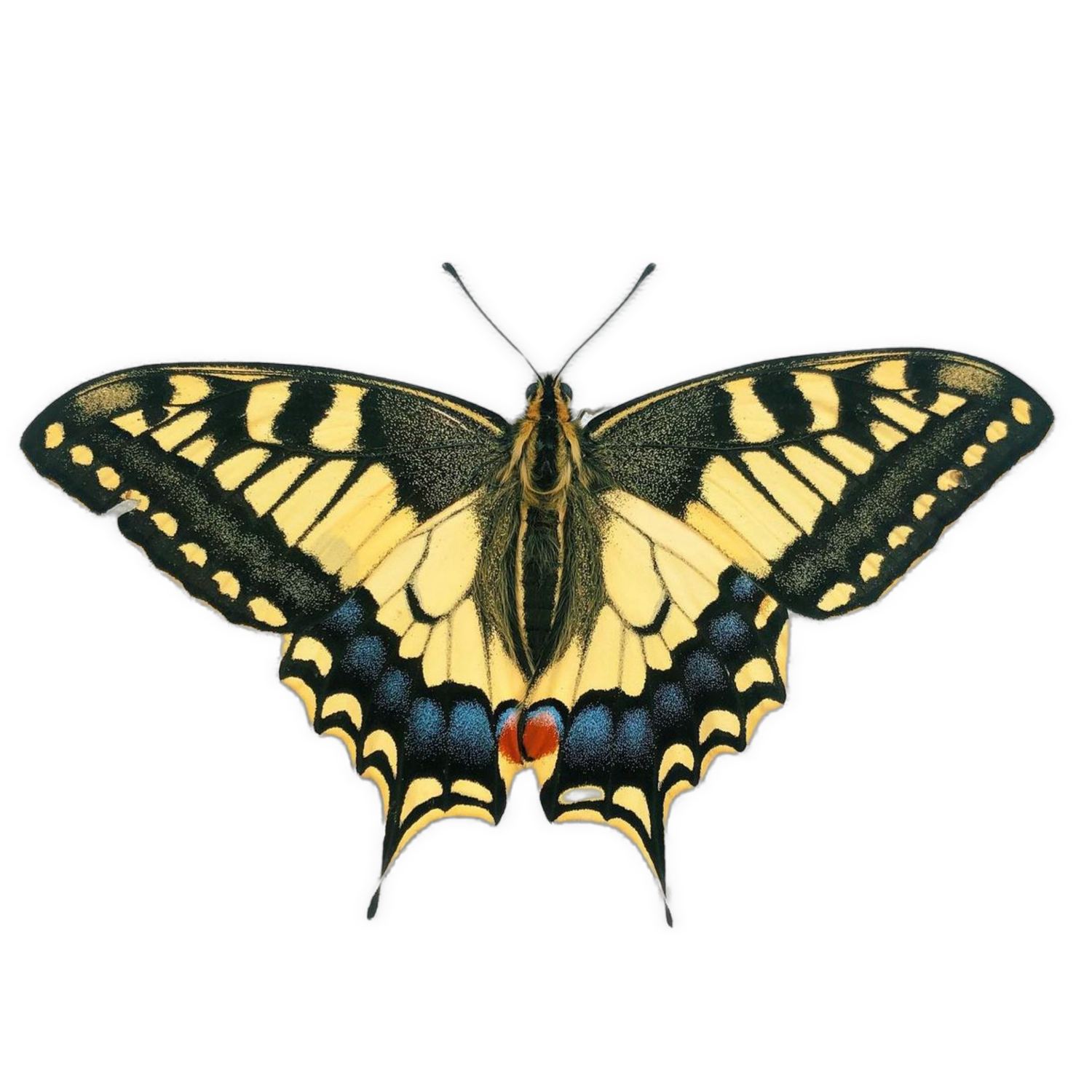Laothoe populi EGGS
Although at first glance these magnificent moths could be dismissed as dull and uninteresting, they actually have a fantastic camoflague when resting on the trunks of trees and occur in a variety of shades of greys, reds, browns, even oranges. Caterpillars are not at all challenging to care for - as a child I used to find caterpillars among Willow trees in local woodland rear them myself - I still remember the delight of finding a mating pair on a fence post when I was 10 or 11 and subsequently rearing two hundred chunky caterpillars! Mature caterpillars have charming red dots along the body, and turn a bright orange colour before pupating. You can allow them to pupate freely at the base of the enclosure or provide tissue paper or compost as a substrate.
Difficulty - Easy (1/10)
Host plants - Poplar; Willow; Birch; Aspen; Alder; (Cherry also reported.)
Temperature - Room temp. or outside
Lifecycle - Two broods in spring and summer
Although at first glance these magnificent moths could be dismissed as dull and uninteresting, they actually have a fantastic camoflague when resting on the trunks of trees and occur in a variety of shades of greys, reds, browns, even oranges. Caterpillars are not at all challenging to care for - as a child I used to find caterpillars among Willow trees in local woodland rear them myself - I still remember the delight of finding a mating pair on a fence post when I was 10 or 11 and subsequently rearing two hundred chunky caterpillars! Mature caterpillars have charming red dots along the body, and turn a bright orange colour before pupating. You can allow them to pupate freely at the base of the enclosure or provide tissue paper or compost as a substrate.
Difficulty - Easy (1/10)
Host plants - Poplar; Willow; Birch; Aspen; Alder; (Cherry also reported.)
Temperature - Room temp. or outside
Lifecycle - Two broods in spring and summer
Although at first glance these magnificent moths could be dismissed as dull and uninteresting, they actually have a fantastic camoflague when resting on the trunks of trees and occur in a variety of shades of greys, reds, browns, even oranges. Caterpillars are not at all challenging to care for - as a child I used to find caterpillars among Willow trees in local woodland rear them myself - I still remember the delight of finding a mating pair on a fence post when I was 10 or 11 and subsequently rearing two hundred chunky caterpillars! Mature caterpillars have charming red dots along the body, and turn a bright orange colour before pupating. You can allow them to pupate freely at the base of the enclosure or provide tissue paper or compost as a substrate.
Difficulty - Easy (1/10)
Host plants - Poplar; Willow; Birch; Aspen; Alder; (Cherry also reported.)
Temperature - Room temp. or outside
Lifecycle - Two broods in spring and summer
The Poplar Hawk Moth is a species of Hawk Moth belonging to the family Sphingidae. Native to much of Europe, including the UK. The Poplar Hawk Moth gets its name from one of its main host plants - Poplar trees. The caterpillars are extremely easy to rear on this and other host plants, including Willow and Birch. The first brood of moths usually emerge in April or May, and the second in July/August. Lay out tissue on the base of the enclosure for mature caterpillars to pupate among, or provide containers with compost for them to burrow into. Autumn pupae should be stored cold over winter until spring. Moths do not eat and breed very easily. They can also be released to boost your local population!


